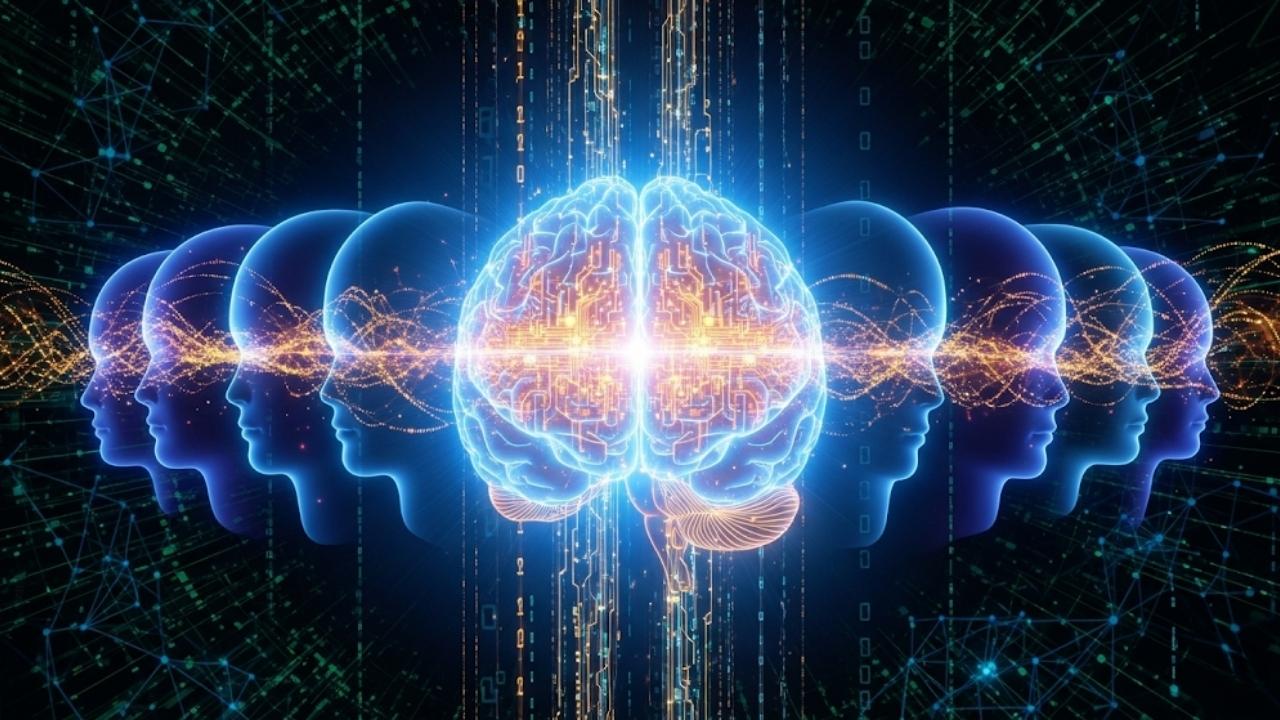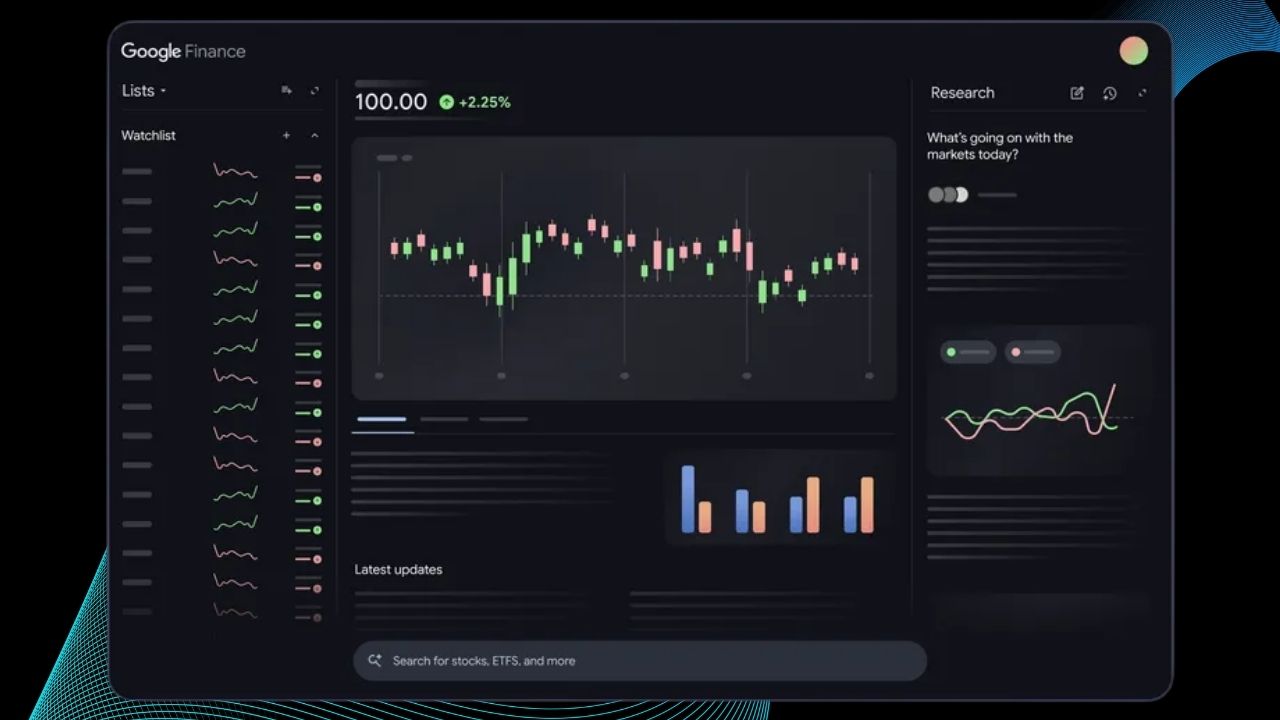In the fast-moving world of science and technology, one question has long captured the imagination of scientists, engineers, and innovators: Can we predict how molecules behave before conducting years of laboratory experiments? Thanks to the rise of high-performance scientific computing—a powerhouse fusion of quantum computers and modern supercomputers—the answer is fast becoming “yes.” In fact, we’re seeing accuracy in calculating molecular ground-state energy that was once believed impossible.
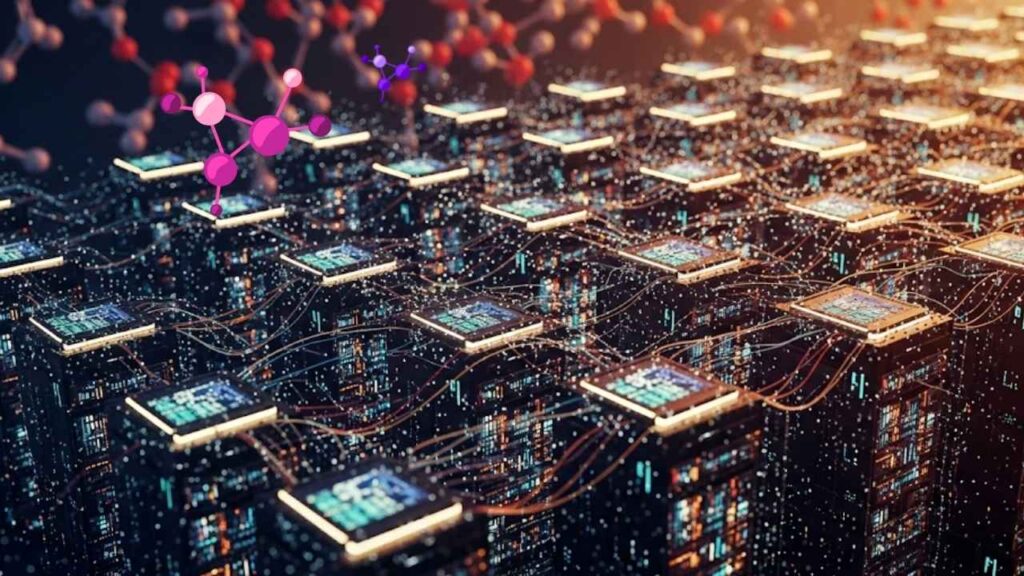
These advances don’t just excite researchers in chemistry or physics. They’re shifting the landscape for medicine development, cleaner energy, and next-generation materials. Being able to trust computer predictions of how atoms combine—the very foundation of everything around us—is opening new doors to discovery and progress.
High-Performance Scientific Computing Reaches New Accuracy
| Topic/Keyword | Summary/Key Stats | Career/Professional Insight |
|---|---|---|
| Scientific Computing | Hybrid quantum-classical methods reach record precision, often matching or exceeding experimental data for ground-state molecular energy. | Empowers computational chemists, physicists, and materials scientists to model reliably. |
| Quantum Algorithms | Advanced algorithms like Variational Quantum Eigensolver (VQE) and Quantum Computed Moments (QCM) provide “chemical accuracy” (≤1 millihartree errors). | Enables professionals to study ever-larger and more complex molecules on quantum hardware. |
| Real-World Applications | Predictions now directly guide new drug, material, and battery designs—cutting years from traditional trial-and-error workflows. | Creates demand for computational researchers in pharma, energy, and nanotechnology sectors. |
| Breakthrough Achievements | Energies calculated for water and other molecules have been verified with less than 0.05% error compared to “gold-standard” experimental values. | Benchmarks signal technology is ready for commercial use and academic validation. |
| Machine Learning & Fragmentation | AI-driven models and smart fragmentation enable efficient, scalable simulation of large and biologically significant molecules, including small proteins. | Offers a pathway for professionals to screen large libraries of molecules and drug targets. |
In summary, high-performance scientific computing—by combining quantum and classical approaches—is revolutionizing how we calculate and understand the ground-state energy of molecules. This once-impossible task is now routine for a range of molecules, from the simplest hydrogen atoms up to small proteins. Trusted, validated predictions allow scientists to invent safer medicines, better materials, and more efficient energy sources—often years before traditional lab testing would be possible. The field blends chemistry, physics, computer science, and artificial intelligence, creating exciting opportunities and shaping the future of science and innovation.
Understanding Molecular Ground-State Energy
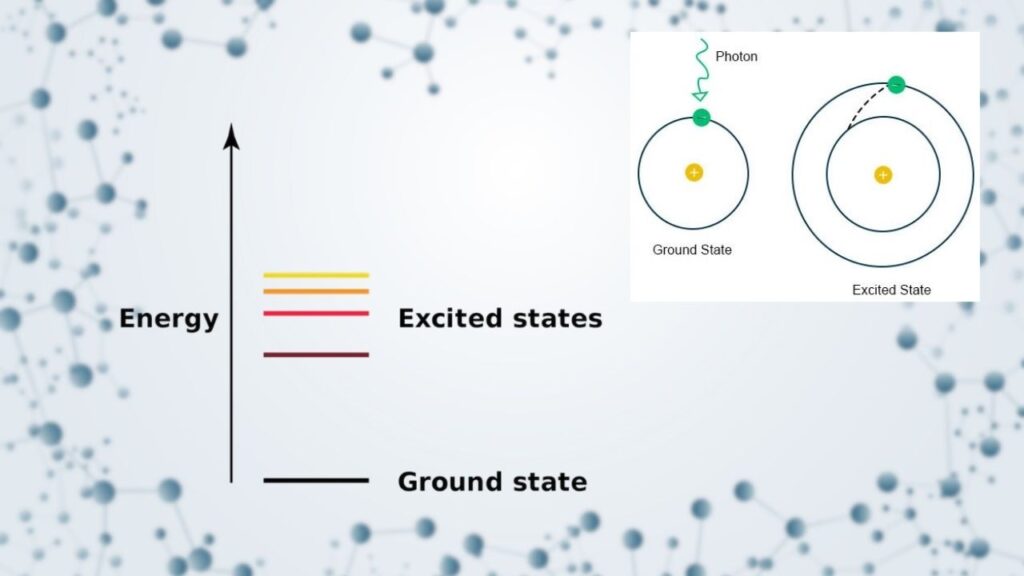
Think of a molecule like a collection of friends holding hands—their arrangement and connection decide how strong, stable, or “comfortable” the group is. Ground-state energy is the measurement of how cozy this group can get—their absolute lowest energy state. This minimum energy determines if:
- Two atoms will remain bonded or drift apart,
- A reaction gives off energy (like burning fuel) or needs energy (like charging a battery),
- New drugs will bind to their targets or new materials will last longer and work better.
Whether you’re trying to design a safe new medicine or create a super-tough plastic, knowing a molecule’s ground-state energy lets you predict performance and stability before heading to the lab.
Why Is This Calculation So Challenging?
Let’s imagine molecules as extremely intricate, 3D puzzles—except here, each piece (atom or electron) doesn’t just fit neatly but constantly dances with all the others. Their moves follow the rules of quantum mechanics, a branch of physics where particles can “tunnel,” “entangle,” and behave as if in many places at once.
The main challenges:
- Every electron can interact with every other electron in complex ways.
- Calculations for each additional atom increase exponentially.
- Classical computers can’t feasibly solve these equations beyond very small systems—no matter how powerful they are.
Historically, scientists relied on clever shortcuts, simplifying models and making approximations. Such methods brought progress but always hit a ceiling for how close their answers could come to the real “ground truth” confirmed in experiments.
The Arrival of the Quantum-Classical Team
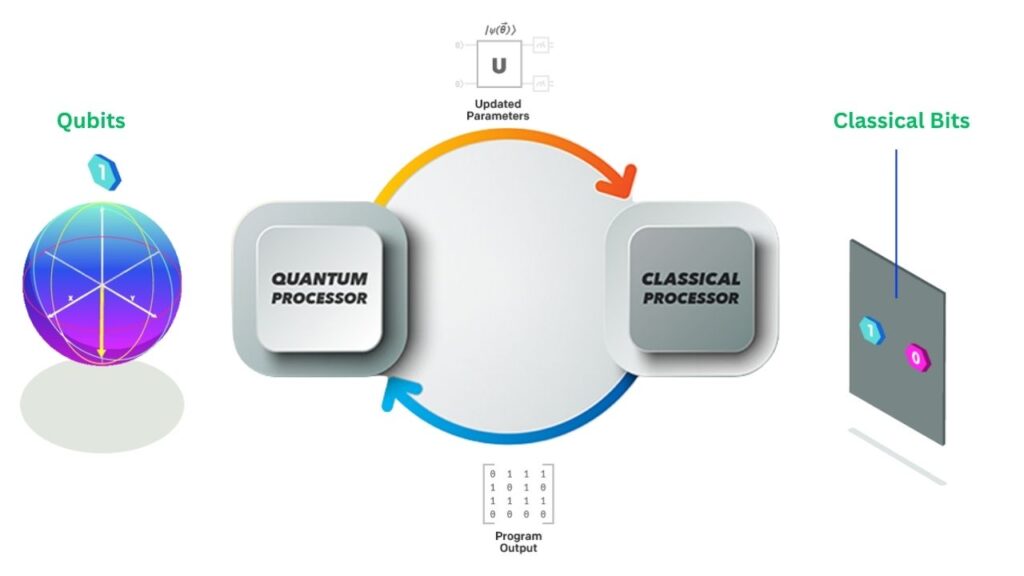
Today, we’re in a new era: hybrid quantum-classical computing. Here’s what sets these methods apart:
How Hybrid Computing Works
- Fragmentation: The large molecule is divided into smaller parts (“fragments”) that current quantum computers can handle.
- Quantum Processing: For each fragment, a quantum computer solves the tricky electron dance—tapping into the power of quantum mechanics itself.
- Reassembly and Correction: Supercomputers put together the answers from each fragment, correcting for the way fragments influence one another so the result mirrors the original molecule’s behavior.
Key Innovations:
- Quantum Computed Moments (QCM): This method measures properties in new ways, making calculations more resilient to the “noise” found in early quantum hardware.
- Sample-Based Quantum Diagonalization: Uses quantum computers to explore many possible electron arrangements, with supercomputers ensuring accuracy by aggregating results.
- Fragment-and-Reassemble Algorithms: Chemically intelligent ways to break up molecules ensure reconstruction provides answers close to exact solutions.
Case Studies: Proven Breakthroughs
Hydrogen (H₂)
- Scientists recently used this hybrid approach to calculate the ground-state energy of H₂ with an error of less than one part in ten trillion (1 in 10¹³ hartree). This result even rivals (and sometimes exceeds) experimental precision—a remarkable validation.
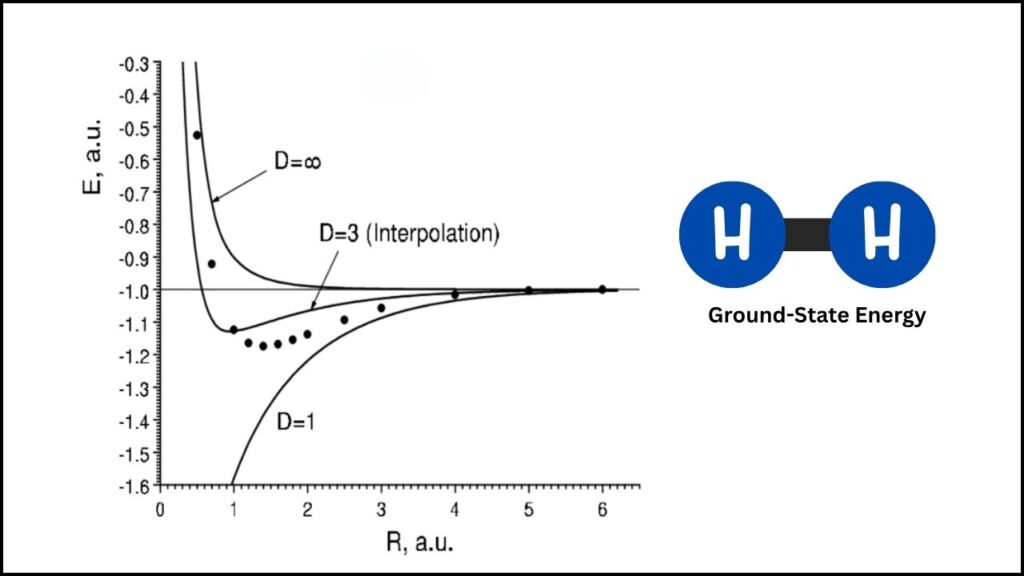
Water (H₂O)
- For water, a molecule with only three atoms but unexpectedly complex quantum behavior, computations using quantum computers and sophisticated error-correcting protocols achieved energy predictions accurate to within one millihartree (chemical accuracy).
Larger Molecules: From Simple Rings to Small Proteins
- Complex systems like the 18-atom hydrogen ring—a stand-in for certain organic systems—and small peptides (short proteins) have been calculated using fragmentation and advanced machine-learning models, showing errors as low as 0.005%.
Machine Learning Accelerates Progress
- Recent studies successfully trained artificial intelligence models to predict quantum properties based on a library of exact calculations, speeding up screening for new materials or drugs by up to 100 times compared to classical brute-force computation.
Step-By-Step Guide: Modern Ground-State Energy Calculation
Here’s an easy-to-follow overview of the current process:
1. Molecular Description
- Choose molecule and accurately describe its atomic structure and electrons.
- Use specialized software to input positions and types of atoms (also known as the molecular geometry).
2. Smart Fragmentation
- Algorithms break down the molecule into chemically logical pieces.
- Each fragment is checked to ensure it preserves the main interactions present in the original system.
3. Hybrid Computation
- Quantum Computer: Each fragment’s quantum behavior is simulated using quantum algorithms (like VQE or QCM), capable of capturing tricky phenomena that classical computers oversimplify.
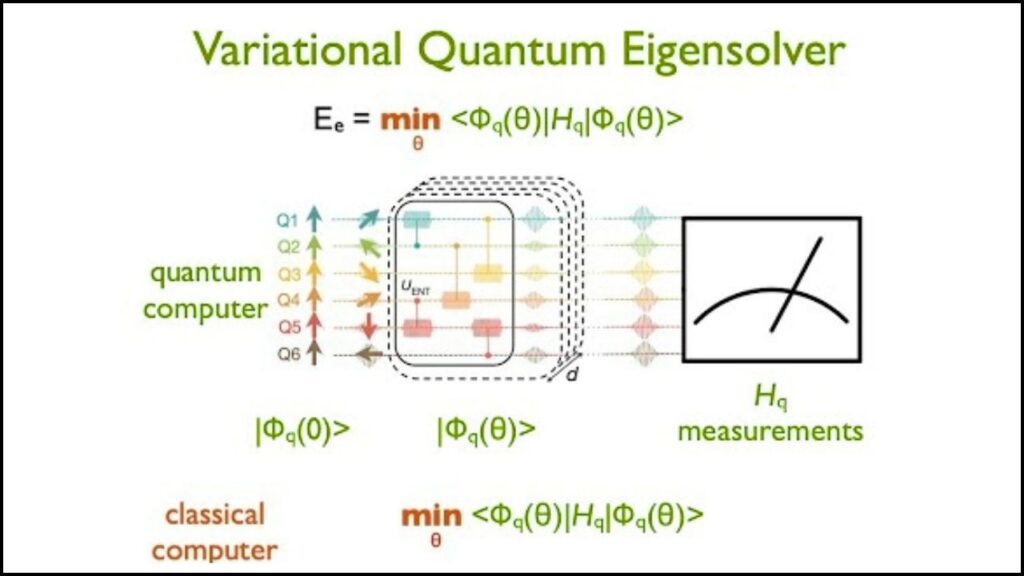
- Classical Supercomputer: Aggregates the quantum results and applies high-level corrections for interactions between fragments.
4. Validation
- The complete molecular ground-state energy is checked against gold-standard theoretical values and, where possible, experimental measurements.
5. Practical Applications
- Use validated results to guide decisions in drug design, catalyst creation, or materials engineering.
- Iterate: Scientists may refine molecular designs (change structures or add components) and rerun simulations, rapidly narrowing down the most promising candidates before lab work even begins.
Practical Advice and Career Potential
How to Engage with This Field
- Stay Informed: Academic literature and conferences (such as those held by major universities or scientific societies) often share the latest techniques and results.
- Skill Development: Combining chemistry, physics, coding, and data science opens the most doors. Many leading research tools are available open-source, making hands-on exploration possible for students and professionals alike.
- Collaboration: Network with peers in mathematics, computer science, and life sciences—integrated teams often make the fastest progress.
- Professional Growth: Fields like pharmaceuticals, renewable energy, and nanotechnology increasingly require computational science expertise, opening career paths in R&D, algorithm development, and industry consulting.
For Students and Early-Career Scientists
- Engage in interdisciplinary study: Chemistry, computer science, and physics are a powerful combination.
- Practice with quantum computing and machine learning toolkits available in the public domain.
- Seek mentorships or research opportunities at universities that are active in computational science.
Quantum Multimode Encoding Breakthrough Promises Higher Data Density and Efficiency
Caltech Unveils New Hybrid Quantum-Classical Computing Method to Revolutionize Chemical Simulations
Frontier Supercomputer Runs 5 Million Simulations to Unlock Stronger, Lighter Carbon Fiber
FAQs About High-Performance Scientific Computing Reaches New Accuracy
Q1: What does “chemical accuracy” mean?
A: Chemical accuracy is the gold-standard for quantum chemistry calculations. It means making predictions to within 1 millihartree (about 0.026 electronvolts) of the “exact” answer—a threshold at which scientists can confidently predict whether a chemical reaction, bond formation, or molecular behavior will succeed in practice.
Q2: Are these cutting-edge methods being used outside of the lab?
A: Yes. Pharmaceutical companies, renewable energy startups, and advanced materials firms now integrate computational chemistry into their workflows—saving time and resources by simulating outcomes before going to the lab.
Q3: Can current quantum computers really handle big, complex molecules?
A: Not yet alone—but, when quantum computers are paired with classical supercomputers and methods like fragmentation, very large and complicated molecules (such as small proteins) can be simulated with high accuracy.
Q4: How does machine learning fit into these calculations?
A: By learning from databases of “gold-standard” quantum calculations, machine learning models can rapidly predict ground-state energies—and flag molecules most likely to succeed for more in-depth study.


